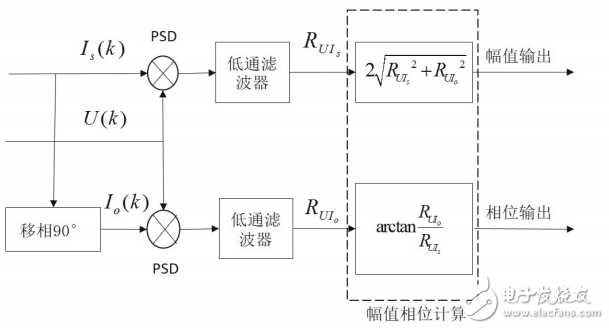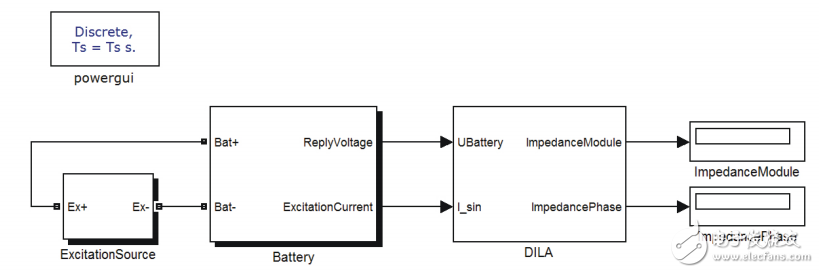Lithium-ion battery internal resistance and impedance are one of the most important parameters of the battery. It is an important parameter to characterize battery life and battery operation status. It is the main indicator to measure the ease of electron and ion transmission in the electrode. Impedance measurement is very important in the development, production and use of batteries and batteries. During use, the impedance can reflect the health of the battery and the battery life can be predicted by impedance. It is also possible to estimate the internal temperature of the battery by obtaining the impedance angle and the impedance mode. Accurate measurement of battery internal resistance is an objective requirement for battery management systems and practical applications.
Common impedance measurement methods are as follows:
(1) Obtain an impedance mode by using the amplitude of the response voltage and the amplitude of the excitation current, and calculate a time difference between the voltage amplitude and the current amplitude to obtain an impedance angle;
(2) FFT method. However, the FFT has a fence effect and a leakage phenomenon, so that the calculated signal parameters, that is, the frequency, the amplitude and the phase are not accurate, especially the phase error is large, and the impedance calculation accuracy requirement cannot be met;
(3) Related calculation methods. Since the internal resistance of the battery is small, interference and noise have a great influence on it in actual measurement. Digital lock-in amplifier (DLIA) is based on correlation detection, which can greatly suppress noise, improve detection signal-to-noise ratio, stable center frequency, narrow passband, high quality factor and powerful signal extraction capability.
In this paper, the impedance measurement of the digital lock-in amplifier is simulated. Then the overall design of the impedance measurement system is carried out, including the overall scheme and software algorithm improvement. Finally, the impedance measurement is performed on the series battery pack, and the measurement results and error causes are analyzed.
1. Simulation design of impedance measurement of digital lock-in amplifier 1.1. Algorithm designThe response voltage of the battery generally cannot exceed 5~10mV, which is a category of weak signals and is susceptible to interference and noise. The digital lock-in amplifier (DLIA) is the core part of the internal resistance measurement. It is based on the correlation detection and uses the reference signal frequency and the input useful signal frequency correlation, and is not correlated with the non-synchronous noise, so as to extract the useful signal from the noise. Based on the basic principle of lock-in amplifier measurement, it is proposed to directly use the current signal as the in-phase reference signal, obtain the inversion reference signal through the orthogonal algorithm, and then perform the impedance calculation. The measurement principle of battery impedance is shown in Figure 1.

Figure 1 Impedance measurement principle
1.2. Simulink simulation verification based on DLIA impedance measurementIn order to verify that the digital lock-in amplifier can effectively suppress interference and noise in the battery internal resistance measurement and improve the measurement accuracy, the model shown in Figure 2 is built in Simulink. The ExcitaTIonSource module generates a sinusoidal excitation current to excite the battery, and the battery module uses a commonly used second-order RC equivalent circuit model. In the DLIA module, the sinusoidal excitation current is directly used as a reference signal to correlate with the battery response voltage. In practical applications, the impedance information of the battery is often used to estimate the temperature of the battery. Therefore, the test conditions are set to be: 1 to 100 Hz excitation frequency, 250 to 1500 Hz sampling frequency, and 10 to 60 dB signal to noise ratio. In this way, the accuracy of the impedance calculation under different excitation frequencies and signal-to-noise ratios is analyzed.

Figure 2 Simulink model based on DLIA impedance measurement system
Stainless Steel Wire Rope,Ss 304 Welding Filler Wire,Stainless Tig Wire Rope,304 Stainless Steel Wire Rope
ShenZhen Haofa Metal Precision Parts Technology Co., Ltd. , https://www.haofametal.com